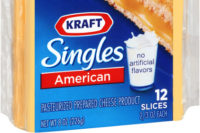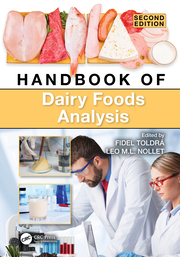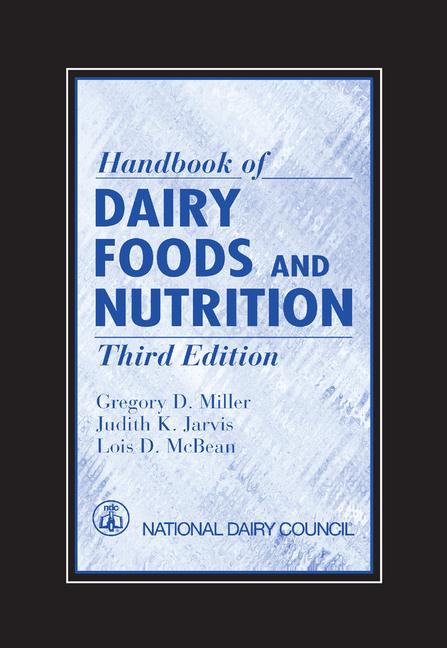In October, FDA released long-anticipated guidance on sodium-reduction targets for the food industry — a move designed to encourage the reduction of Americans’ sodium intake, which exceeds the 2,300-milligram limit recommended by the Dietary Guidelines for Americans by nearly 50%.
The targets, while voluntary, ignore the chief recommendation by the International Dairy Foods Association (IDFA) and dairy foods companies to exempt the cheese category from these targets for functionality, food safety, and quality reasons. And while these short-term targets might be achievable within the guidance’s deadline of two and a half years for some cheese categories, further ”long-term” reduction targets from FDA are actively under consideration.
Voluntary guidance
FDA’s stated intent with the targets is to encourage the food industry to “voluntarily” reduce sodium that is added to food products during processing. However, the voluntary nature of the guidance is more insidious than the name would suggest.
Voluntary guidance tends to work its way into federal nutrition policy and food assistance programs such as school meal patterns. Recommendations such as those in this guidance could also be integrated into state and local policies involving food procurement, supplemental assistance, and education.
FDA first proposed voluntary sodium-reduction targets in 2016 with two-year and 10-year targets for industry to help the American public gradually reduce sodium intake to 2,300 milligrams per day. These targets, while a worthwhile goal, did not reflect the crucial role salt plays in the manufacture of process cheese and ripening of natural cheeses. Sodium is added in specific amounts for functional purposes for various types of cheeses, but is not added in amounts beyond that needed for microbial safety, stability, and physical integrity.
Joint comments
As such, IDFA and the National Milk Producers Federation filed joint comments to FDA urging the agency to remove the entire cheese category, which represents a tiny percentage of Americans’ sodium intake, from the sodium-reduction guidance. We cited the food safety and quality implications of finalizing the proposed targets as they were, as well as the significant barriers to sodium reduction for the cheese industry. We also touted how cheesemakers had worked for years to reduce sodium — either by substituting a portion of the salt with a non-sodium salt or by adding less salt during product manufacture.
Unfortunately, FDA’s finalized targets did include many cheeses that rely on necessary amounts of sodium to ensure product integrity and food safety. The decision is counter to the agency’s mission to ensure the safety of the food supply, and it is indicative of the agency’s apparent disregard for industry comments and unfathomable protracted timing after comments are received to publish rules or guidance. The October release comes more than five years after the opportunity to comment on the original draft guidance.
Fortunately for cheesemakers, their efforts over the years have helped produce a wide variety of healthy, safe products that fall below or within the short-term sodium targets recommended by FDA. The major concern for our industry is the potential for future impractical sodium-reduction targets.
While the final guidance did not state a time frame for reaching longer-term targets, FDA has signaled its “Sodium Reduction Strategy” will be a gradual, iterative process with future reductions. Our industry can afford no further reductions if it is to continue to produce safe, quality cheeses for Americans.
IDFA will remain vigilant in its education of FDA on the science behind the cheesemaking process and the risks involved with the sodium-reduction targets. The cheese category must be removed from future reductions by FDA if Americans are to continue to have available safe, wholesome cheese and other dairy food products.
Joseph Scimeca, Ph.D., is senior vice president, regulatory and scientific affairs for the International Dairy Foods Association.




